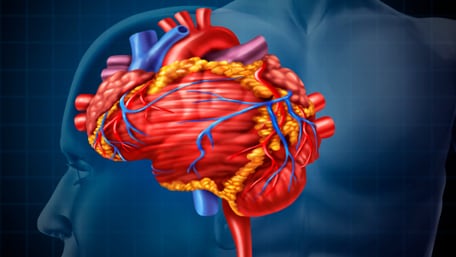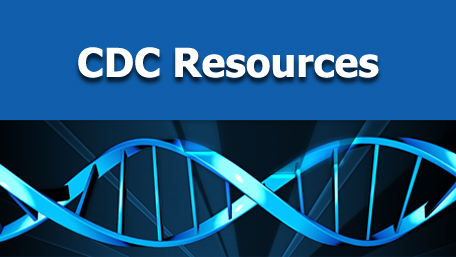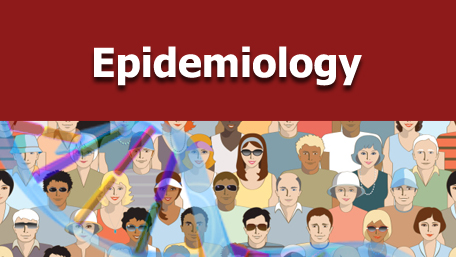Med Sci Monit. 2016 Oct 22;22:3910-3914.
The Association Between the Genetic Variants of the NOTCH3 Gene and Ischemic Stroke Risk.
Abstract
- PMID:
- 27770607
- [PubMed - in process]
Public Health Genomics Knowledge Base (v1.2)


STROKE

Last Updated: Oct 28, 2016
- The Association Between the Genetic Variants of the NOTCH3 Gene and Ischemic Stroke Risk.
Yuan Xiaoling, et al. Medical science monitor : international medical journal of experimental and clinical research 2016 10 3910-3914 - Genetics of Sickle Cell-Associated Cardiovascular Disease: An Expert Review with Lessons Learned in Africa.
Geard Amy et al. Omics : a journal of integrative biology 2016 Oct 20(10) 581-592 - Pediatric Sickle Cell Disease - Past Successes and Future Challenges.
Meier Emily Riehm et al. Pediatric research 2016 Oct - Single-Nucleotide Polymorphism rs17611 of Complement Component 5 Shows Association with Ischemic Stroke in Northeast Chinese Population.
Guo Liang, et al. Genetic testing and molecular biomarkers 2016 10 - No Association Between Single-Nucleotide Polymorphism 56 (SNP56) in Phosphodiesterase 4D (PDE4D) Gene and Susceptibility to Ischemic Stroke: A Meta-Analysis of 15 Studies.
Zhang Xin-Yong, et al. Medical science monitor : international medical journal of experimental and clinical research 2016 10 3820-3827 - No Association Between SNP56 in PDE4D Gene and Susceptibility to Ischemic Stroke: A Meta-Analysis of 15 Studies.
Zhang Xin-Yong, et al. Medical science monitor : international medical journal of experimental and clinical research 2016 10 3820-3827 - Polymorphism of the XRCC1 Gene Is Associated with Susceptibility and Short-Term Recovery of Ischemic Stroke.
He Wei, et al. International journal of environmental research and public health 2016 10 (10) - World Stroke Day: We Can Prevent Stroke
- APSH YI-02 THE POLYMORPHISM IN ALDEHYDE DEHYDROGENASE-2 (ALDH2) GENE IS ASSOCIATED WITH MYOCARDIAL INFARCTION AND STROKE IN A CHINESE POPULATION.
Liu Xin, et al. Journal of hypertension 2016 9 e385 - Circulating Apolipoprotein E Concentration and Cardiovascular Disease Risk: Meta-analysis of Results from Three Studies.
Sofat Reecha, et al. PLoS medicine 2016 10 (10) e1002146 - OS 05-02 ASSOCIATION OF G-PROTEIN BETA3 SUBUNIT GENE C825T POLYMORPHISM WITH CARDIAC AND CEREBROVASCULAR EVENTS IN CHINESE HYPERTENSIVE PATIENTS.
Zhu Weiwei, et al. Journal of hypertension 2016 9 e58 - OS 08-03 PHARMACOGENETIC MARKERS OF SURVIVAL.
Erdman Vera, et al. Journal of hypertension 2016 9 e68 - POA 02-1 GENETIC BASIS OF BLOOD PRESSURE AND HYPERTENSION.
Dominiczak Anna F, et al. Journal of hypertension 2016 9 e33 - Relationship between Interleukin-6 (-174G/C and -572C/G) Promoter Gene Polymorphisms and Risk of Intracerebral Hemorrhage: A Meta-Analysis.
Kumar Pradeep, et al. Pulse (Basel, Switzerland) 2016 9 (2-3) 61-68 - Genotypes and phenotypes of protein S deficiency in Thai children with thromboembolism.
Komwilaisak Patcharee, et al. Pediatric blood & cancer 2016 10


- Human (15)
- Pathogen (0)

- Human (2562)
- Pathogen (0)

- Human (20)
- Pathogen (0)


- Huamn (43)
- Pathogen (0)





















.png)












No hay comentarios:
Publicar un comentario